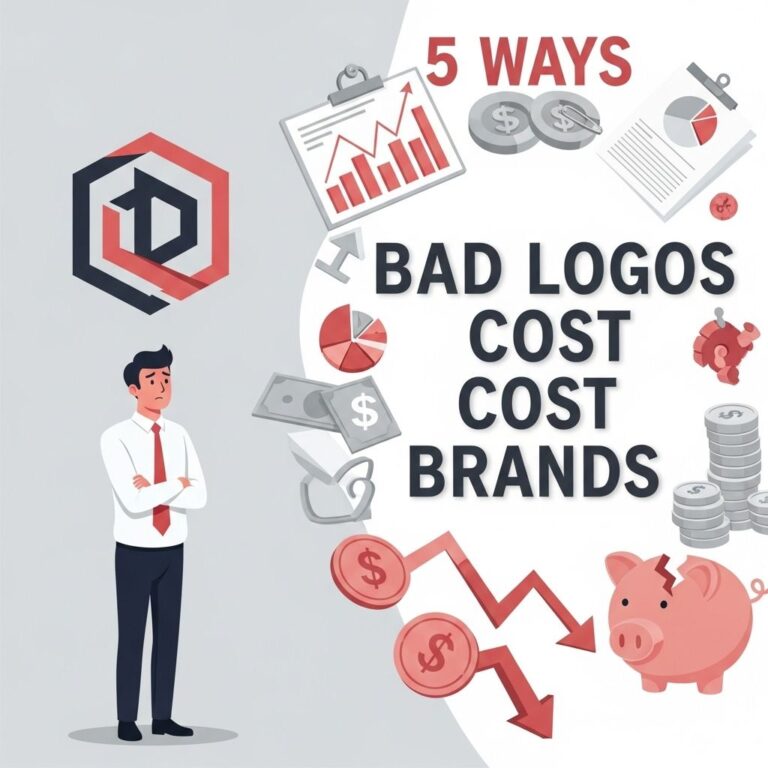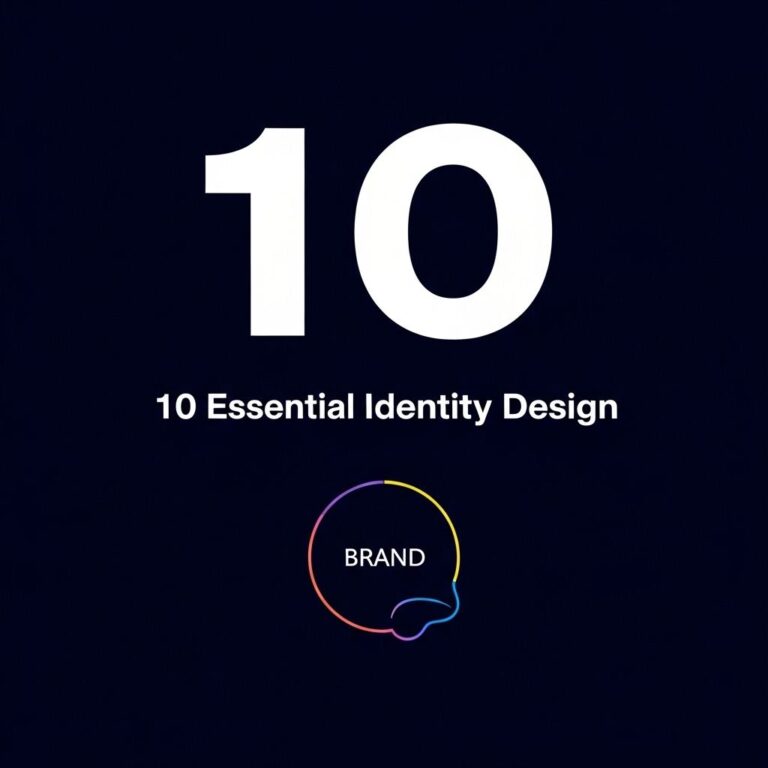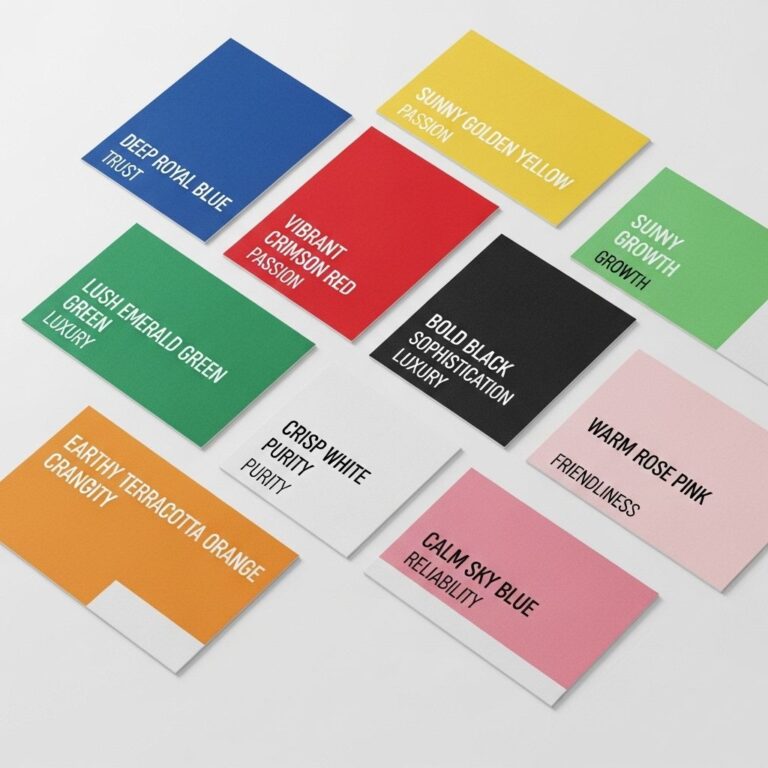In the modern business landscape, building a strong brand is essential for success. Whether you are a startup looking to make a name for yourself or an established company seeking to refresh your identity, understanding the nuances of brand building can significantly impact your visibility and market share. Here, we delve into effective strategies that can help you craft a memorable and impactful brand.
Table of Contents
Understanding Your Brand Identity
The first step in brand building is comprehending what your brand stands for. This involves defining your core values, mission, and the unique selling propositions (USPs) that differentiate you from competitors.
1. Define Your Core Values
Your brand’s core values are the guiding principles that shape your business culture and decision-making. Consider the following:
- Integrity
- Innovation
- Customer-centricity
- Sustainability
- Quality
Articulating these values helps create a consistent message and tone in your branding efforts.
2. Create a Unique Selling Proposition (USP)
Your USP is what makes you stand out. Consider the following questions:
- What problems do you solve?
- What benefits do you offer that others do not?
- How do you deliver value to your customers?
By answering these questions, you can craft a compelling USP that resonates with your target audience.
Developing Your Brand Aesthetics
Visual elements play a crucial role in brand recognition and loyalty. From your logo to your website design, ensure that these elements reflect your brand’s identity.
3. Design a Memorable Logo
Your logo is often the first impression potential customers have of your brand. It should be simple, memorable, and reflective of your core values. Consider seeking professional design help if needed.
4. Choose a Cohesive Color Palette
Color psychology significantly impacts consumer behavior. Select a color palette that conveys the right emotions and aligns with your brand identity. For instance:
| Color | Emotion |
|---|---|
| Red | Passion |
| Blue | Trust |
| Green | Growth |
| Yellow | Optimism |
Establishing Your Brand Voice
Your brand voice is the personality your business conveys through communication. It should be consistent across all platforms, including social media, blogs, and customer service.
5. Identify Your Brand Personality
Consider whether your brand is:
- Professional or casual?
- Formal or conversational?
- Funny or serious?
Defining these characteristics will help you maintain a consistent tone in all communications.
6. Create Engaging Content
Content marketing is a powerful tool for building your brand. Use blogs, videos, and podcasts to share valuable insights and connect with your audience. Tips for creating effective content include:
- Focus on quality over quantity.
- Be authentic and relatable.
- Utilize storytelling techniques.
Building a Community Around Your Brand
Fostering a sense of community can significantly enhance brand loyalty. Engaging with your audience allows you to build lasting relationships.
7. Use Social Media Strategically
Social media platforms are excellent for engaging with your audience. Consider the following strategies:
- Share user-generated content.
- Run contests or giveaways.
- Use polls and questions to gather feedback.
8. Offer Exceptional Customer Service
Your interaction with customers can make or break your brand reputation. Ensure your customer service is responsive, helpful, and friendly. Key aspects include:
- Timely responses to inquiries
- Personalized interactions
- Proactive problem-solving
Measuring Brand Performance
To understand the effectiveness of your branding efforts, it is crucial to measure performance regularly. This will allow you to make informed adjustments as necessary.
9. Monitor Brand Awareness
Brand awareness is a key metric for assessing your reach. Use tools like Google Analytics and social media insights to track:
- Website traffic
- Social media engagement
- Brand mentions
10. Solicit Customer Feedback
Regularly seeking feedback from your customers helps you understand their perceptions. Utilize surveys or feedback forms to garner insights and implement changes based on their suggestions.
Conclusion
Building a powerful brand takes time, effort, and strategic planning. By understanding your brand identity, developing distinctive aesthetics, establishing a consistent voice, and fostering a community, you can create a brand that resonates with your audience and stands the test of time. Remember, the key is to remain adaptable and responsive to the evolving market and consumer needs.
FAQ
What are the most effective strategies to build a personal brand?
To build a personal brand effectively, focus on defining your niche, creating valuable content, engaging with your audience, and maintaining consistency across all platforms.
How can social media help in brand building?
Social media is a powerful tool for brand building as it allows you to reach a wider audience, showcase your expertise, and engage directly with your followers.
What role does storytelling play in brand building?
Storytelling is crucial for brand building as it helps create an emotional connection with your audience, making your brand more relatable and memorable.
Why is consistency important in brand building?
Consistency helps establish trust and recognition, ensuring that your audience can easily identify your brand across different channels and interactions.
How can I measure the success of my brand building efforts?
You can measure brand building success through various metrics such as brand awareness, audience engagement, conversion rates, and customer feedback.
What are some common mistakes to avoid when building a brand?
Common mistakes include lack of clarity in messaging, neglecting audience engagement, inconsistencies in branding, and not adapting to feedback.









